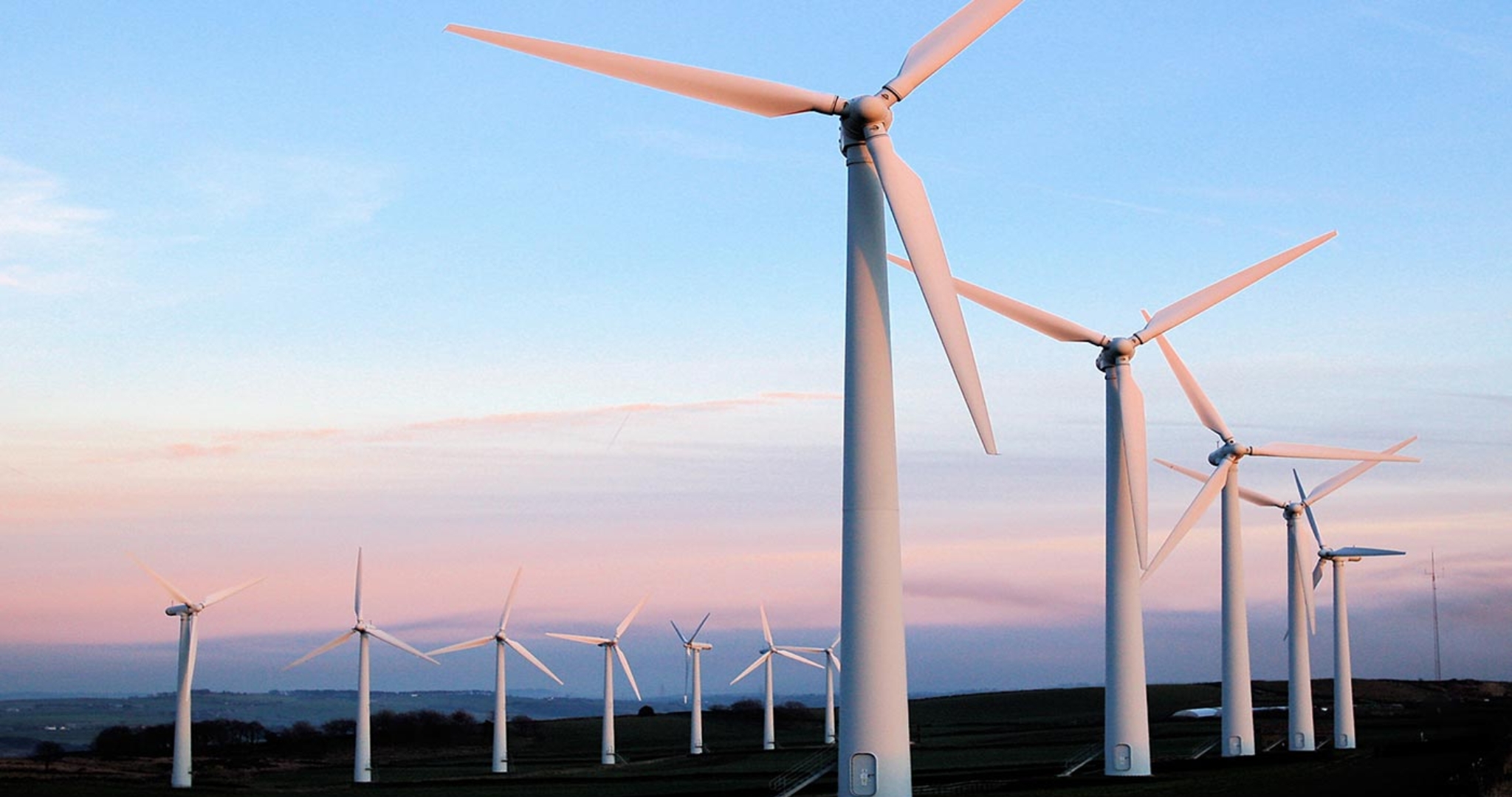In recent years, renewable energy has become a central topic of discussion due to its growing importance in addressing climate change, reducing carbon footprints, and ensuring sustainable energy sources for the future. With the world’s increasing reliance on clean energy, there has been a notable shift towards sustainable solutions in sectors like electricity generation, transportation, and manufacturing.
1. Understanding Renewable Energy
Renewable energy refers to power generated from sources that are naturally replenishing, such as solar, wind, hydropower, geothermal, and biomass. Unlike fossil fuels, which take millions of years to form and release harmful greenhouse gases when burned, renewable sources produce minimal environmental impact and can be harnessed sustainably over time.
The main renewable energy technologies include:
-
Solar Energy: Harvested from sunlight using solar panels or photovoltaic cells.
-
Wind Energy: Generated by wind turbines that convert the kinetic energy of wind into electrical power.
-
Hydropower: Uses flowing or falling water to generate energy through turbines.
-
Geothermal Energy: Extracted from the Earth’s heat, typically through steam or hot water.
-
Biomass Energy: Derived from organic materials, such as wood, agricultural residues, and waste.
As the global push for reducing carbon emissions intensifies, renewable energy has become a key component in creating a more sustainable, eco-friendly energy infrastructure.
2. The Growing Demand for Renewable Energy
- The demand for renewable energy has been growing exponentially, driven by several factors, including environmental concerns, technological advancements, and changing government policies. Here are some key factors contributing to the increasing adoption of renewable sources:
2.1. Climate Change and Environmental Protection
- The primary driver behind the adoption of renewable energy is the need to mitigate climate change. Fossil fuels, such as coal, oil, and natural gas, have long been the dominant sources of energy, but their combustion contributes significantly to the accumulation of carbon dioxide (CO2) in the atmosphere, which leads to global warming.
- In contrast, renewable energy sources produce little to no greenhouse gas emissions, making them an essential solution to combating climate change. As nations around the world strive to meet the targets set by the Paris Agreement, renewable energy adoption is seen as a critical step in reducing global carbon emissions.
2.2. Technological Advancements and Cost Reduction
- In recent years, advancements have significantly reduced the costs of production. Solar panels, wind turbines, and battery storage systems are now more affordable and efficient than ever before. As a result, has become increasingly competitive with traditional fossil fuels in terms of cost.
- For instance, the cost of solar energy has decreased by nearly 90% over the past decade, making it one of the most cost-effective forms of energy. Similarly, wind energy has also seen a significant reduction in costs, and offshore wind farms are becoming a prominent energy source in regions with strong winds.
- To learn more about the future of wind energy, you can read our article on The Growth of Offshore Wind Farms.
2.3. Energy Independence and Security
- Another driving force behind the shift to the desire for energy independence. Many countries, particularly those that rely heavily on imported fossil fuels. This can help mitigate geopolitical risks and provide more reliable access to power.
- For example, countries like Germany, Denmark, and China have made significant investments in to strengthen their energy security and reduce reliance on oil and gas imports.
3. The Economic Impact of Renewable Energy
- The growth of renewable energy has had a profound impact on global markets, creating new economic opportunities and challenges. Here’s how is shaping the global economy:
3.1. Job Creation and Industry Growth
- One of the most significant economic impacts of renewable energy has been job creation. The sector has become a major employer worldwide, with jobs in solar installation, wind turbine maintenance, energy storage, and clean technology development growing at an impressive rate.
- According to the International Labour Organization (ILO), the renewable energy sector employed more than 11 million people globally in 2020, and this number is expected to grow rapidly in the coming years. The transition to renewable energy is not just about reducing emissions; it’s also about creating a new green economy that provides employment and opportunities in various industries.
3.2. Investment Opportunities
- The growing demand for renewable energy has opened up new investment opportunities. Governments, businesses, and individuals are increasingly investing in clean energy projects, such as solar farms, wind farms, and green technologies. Investment in renewable energy is expected to continue to rise, driven by both public and private sector funding.
- Renewable energy infrastructure projects offer stable and long-term returns, attracting institutional investors such as pension funds, private equity firms, and sovereign wealth funds. The growth of the renewable energy market is also creating new opportunities for startups and entrepreneurs to innovate in energy solutions, from energy storage systems to electric vehicles.
3.3. Disrupting Traditional Energy Markets
- The rise is challenging traditional energy markets and business models. The growth of solar energy and wind power is disrupting the fossil fuel industry, reducing the market share of coal, oil, and natural gas. As renewable energy becomes more affordable and accessible, the demand for fossil fuels is likely to decrease.
- This disruption is already being felt in various regions. For example, coal-dependent regions such as the U.S. and Europe are seeing a decline in coal mining jobs as renewable energy sources take hold.
4. The Challenges of Renewable Energy Adoption
- While the potential of renewable energy is immense, there are several challenges that need to be addressed to ensure its widespread adoption:
4.1. Intermittency and Storage
- One of the main challenges is its intermittency. Unlike fossil fuels, which can provide a constant energy supply, solar and wind energy are dependent on weather conditions, making them unreliable at times. To overcome this, energy storage technologies like batteries are needed to store excess energy produced during periods of high generation and release it when demand is higher than supply.
4.2. Infrastructure and Grid Integration
- Integrating renewable energy into existing energy grids presents technical challenges. Energy grids are designed to handle the stable, predictable flow of power from traditional sources, but can be more variable. Modernizing energy infrastructure to accommodate solar, wind, and other renewable sources is a complex and costly task.
4.3. Policy and Regulatory Barriers
- In some regions, outdated policies and regulations can hinder the development of renewable energy. Governments must establish clear frameworks and incentives to promote investment in renewable technologies and ensure a smooth transition to clean energy.
5. The Future of Renewable Energy
- The future of renewable energy looks bright, with advancements in technology, policy, and market demand continuing to drive progress. In the coming decades, we can expect to see further advancements in energy storage technologies, more efficient renewable energy production methods, and increased integration of renewable sources into national and global energy grids.

